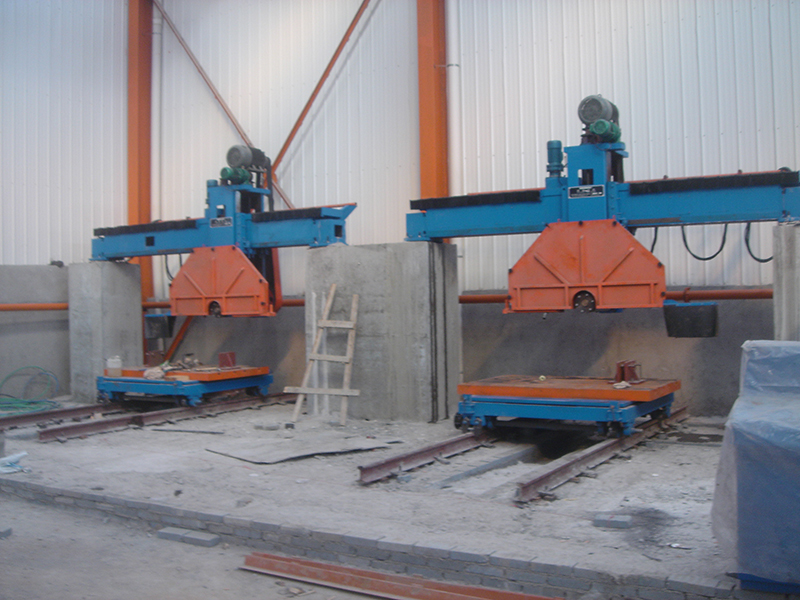Mechanical properties and meaning of refractories often measured
The mechanical properties often measured in refractories are: tensile strength, compressive strength, flexural strength, impact strength, cohesive strength, erosion resistance, abrasion resistance, elastic modulus, torsional strength, and high-temperature creep resistance, etc. . Good refractory requires good refractory brick grinding machine production. Shenyang Pengcheng Non-metal is a company specializing in the production of refractory brick grinding machine. Welcome to consult

Tensile strength (tensile strength) refers to the ultimate stress when a unit area of material is damaged by tensile stress (tensile load), and is expressed by the load on the cross section of the sample unit. It is only meaningful to determine the tensile strength of refractory materials subjected to tensile stress. There is currently no standard for determining tensile strength. When it is necessary to determine this property in research work, the "8" font method of ceramic materials is usually used for reference.
Impact resistance refers to the ability to resist impact damage. Some refractory materials will be impacted by objects during use, such as the lining material on the charging side of the converter, and the impact of scrap steel during use is an important cause of damage. High temperature flexural strength is often used to indirectly judge the strength of its impact resistance. The impact strength can also be measured with reference to the hammer method of ceramic materials or the impact resistance method of cast stones.
Scouring resistance: Most refractory materials are subject to the scouring of molten metal, slag, and combustion air in use. The higher the temperature, the more severe the scouring of the refractory material, which is one of the important reasons for the refractory material damage. Because scouring is often intertwined with friction and chemical reactions, the causes of damage are complex. It is very difficult to directly measure the erosion resistance of refractory materials. Usually, the properties such as flexural strength and compressive strength are used to indirectly judge the erosion resistance of refractories.
Abrasion resistance: The ability of a material to resist frictional damage. Quite a lot of refractory materials are damaged by friction of moving solid materials during use, such as blast furnace lining, shaft kiln and rotary kiln lining for refractory clinker. The abrasion resistance is directly related to the hardness of the particles constituting the refractory component. The bond strength between the particles and the porosity of the brick body also affect the abrasion resistance; the same material, the abrasion resistance decreases with increasing temperature.
The abrasion resistance of refractory materials is usually measured by the US ASTMC704. The main point is that the plane of the sample is perpendicular to the nozzle, and 1000g of granular silicon carbide is sprayed from the nozzle onto the sample with 448kPa air. Volume, expressed in cm3. In research work, there are also high-temperature abrasion resistance tests using the reciprocating friction method. When the test conditions for direct measurement of abrasion resistance are not available, other mechanical properties such as high temperature flexural strength are used to indirectly judge abrasion resistance.
Torsional strength: The ultimate stress that damages a unit area of material by the action of torque. It is meaningful to measure the torsional strength of refractory materials at high temperature. The main point of the method is to make a strip-shaped sample of the product and place it in a horizontal high-temperature furnace. Two ends are placed outside the furnace, and one end is fixed. When the temperature of the furnace is increased to a certain temperature and for a certain period of time, the sample begins to distort and deform. When the stress exceeds a certain limit, the sample breaks, the applied force value is recorded, and the ultimate shear stress per unit area is calculated.
Prospects With the advancement of science and technology and the development of high-temperature industries, people's understanding of the mechanical properties of refractories will become deeper and more demanding, and new mechanical performance items will continue to express the quality and durability of refractories. Therefore, more and more items are required to measure the mechanical properties of refractories. For example, refractory fiber materials will require the determination of fiber strength and the development of test methods; facing increasingly severe conditions of use, the erosion resistance and abrasion resistance of refractory materials will become important properties of some refractory materials, and will therefore gradually require the creation of science Expression methods and test standards.
